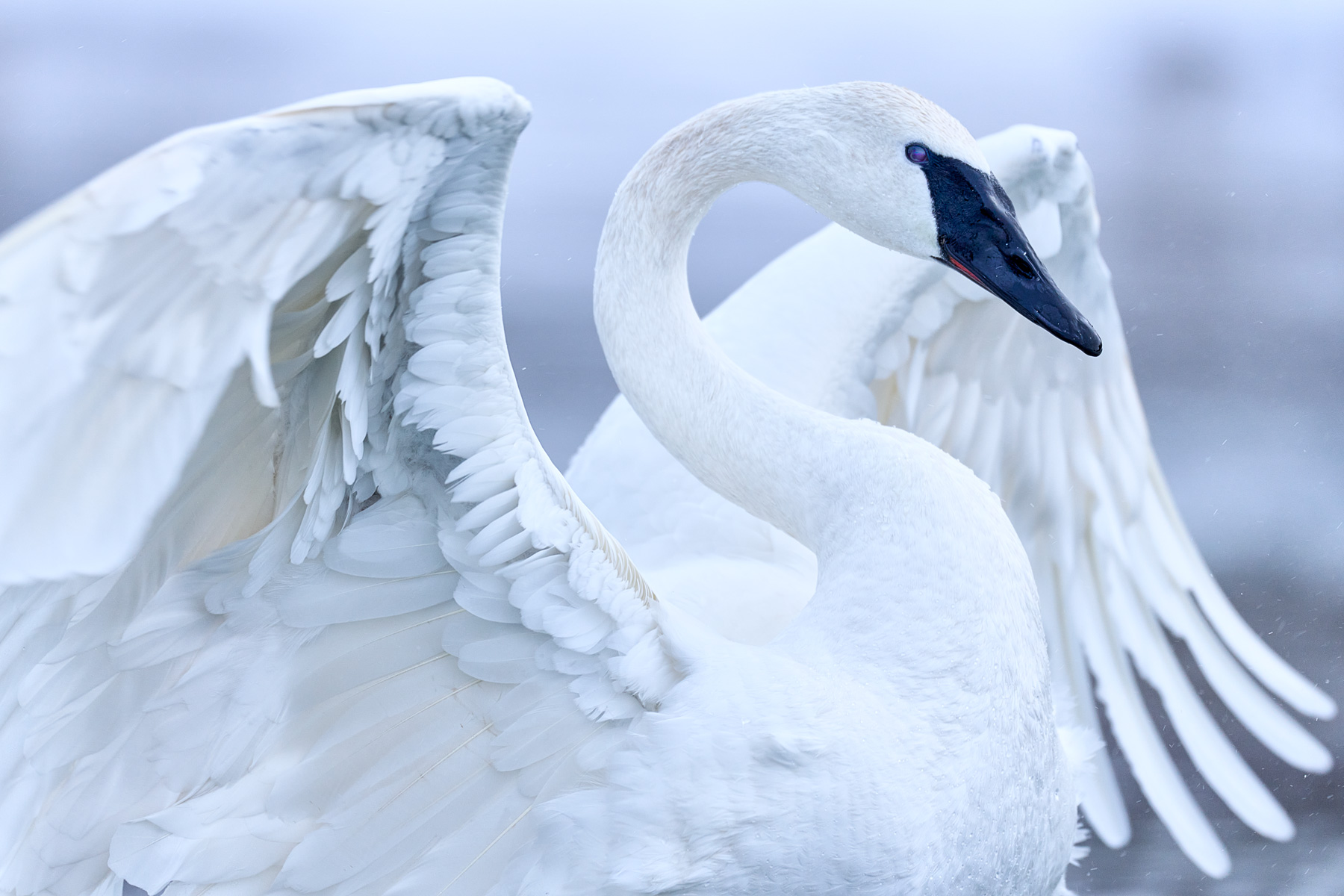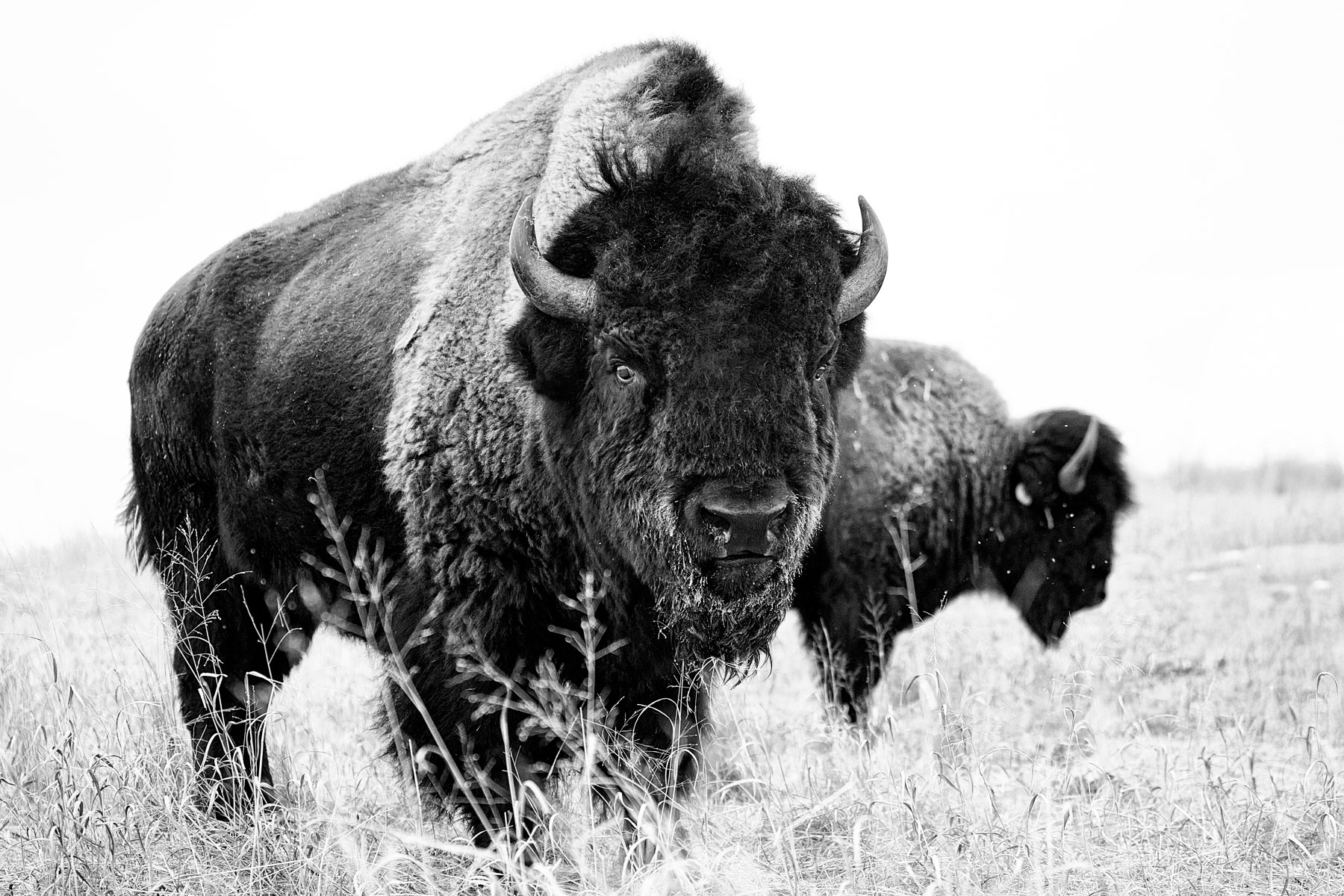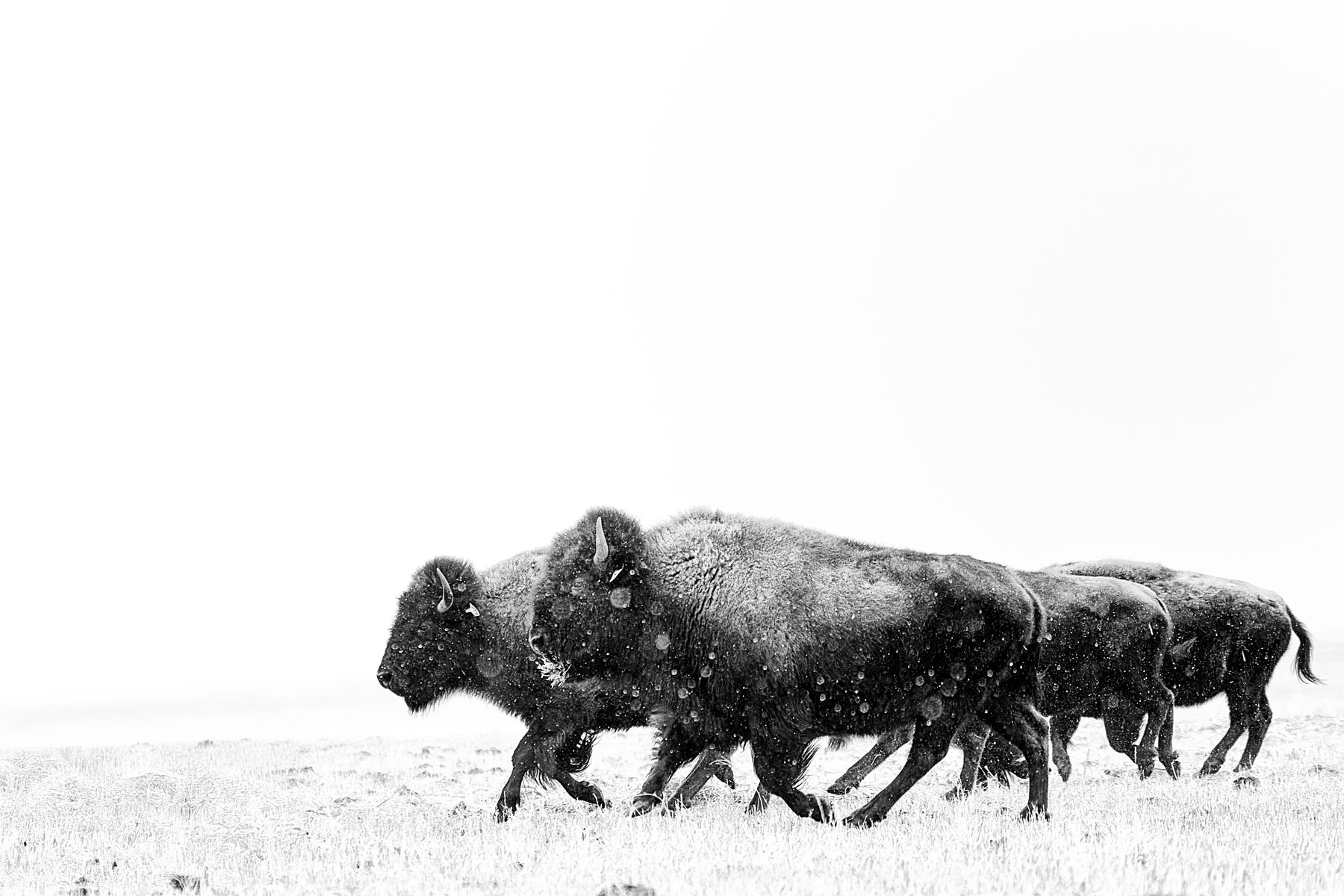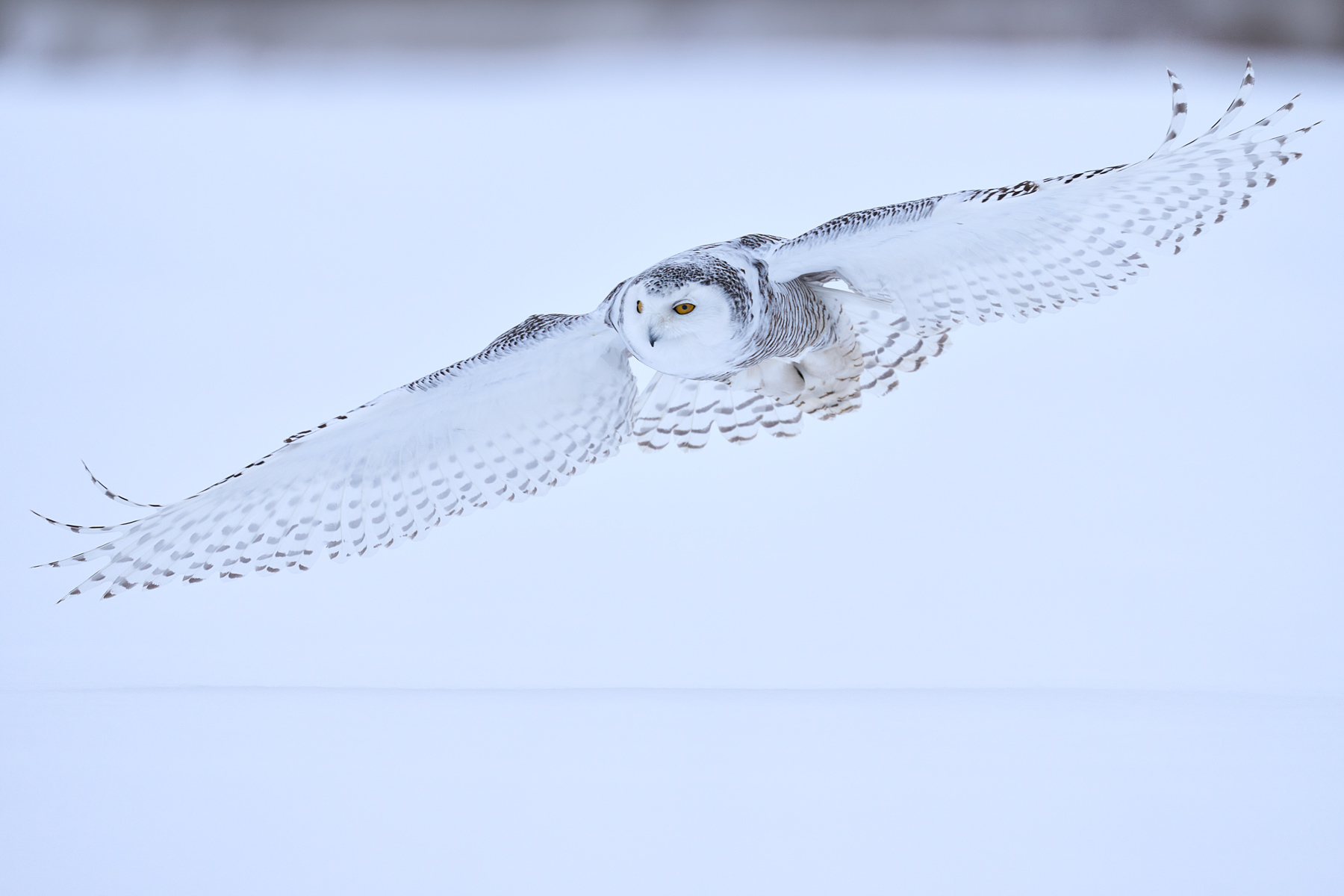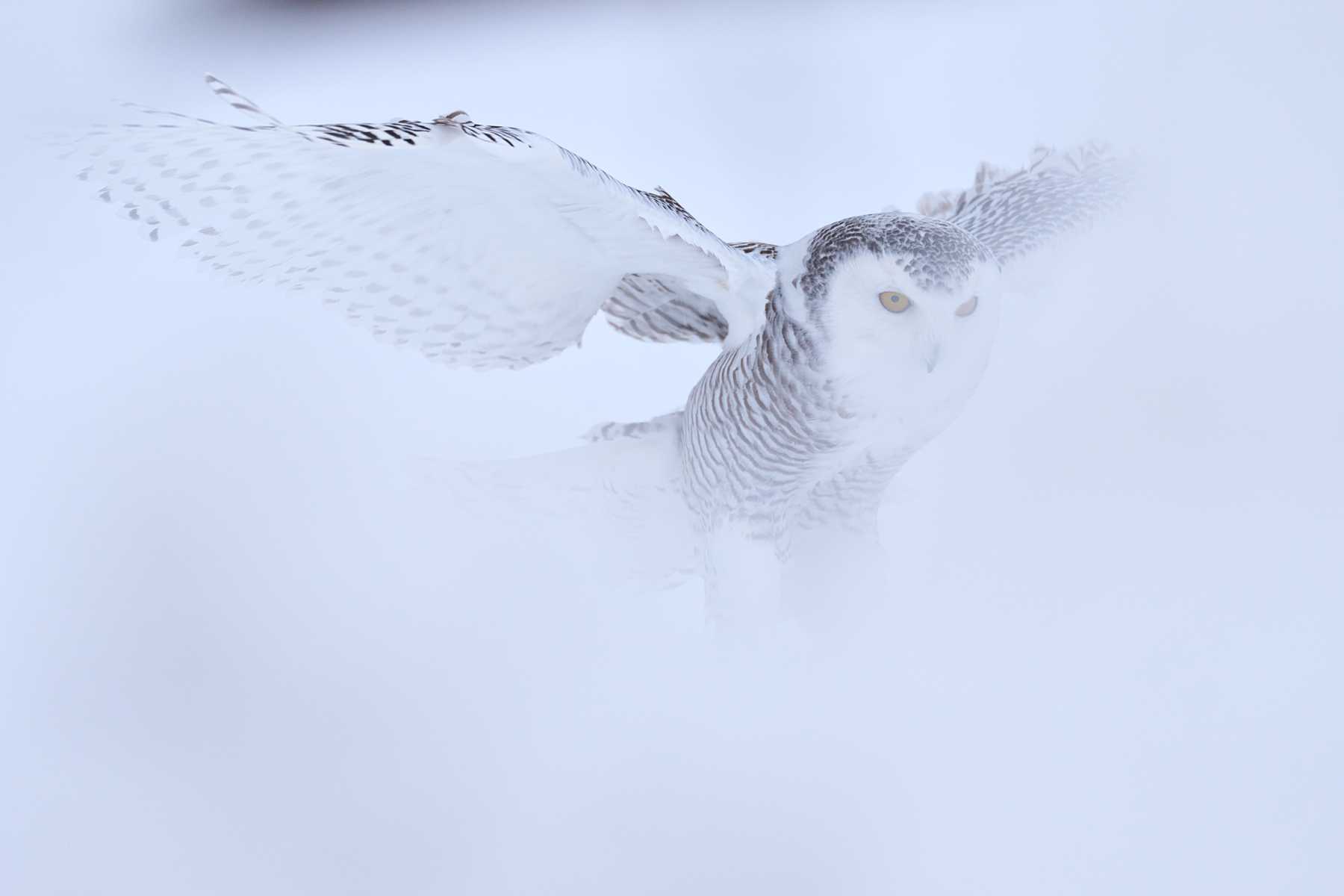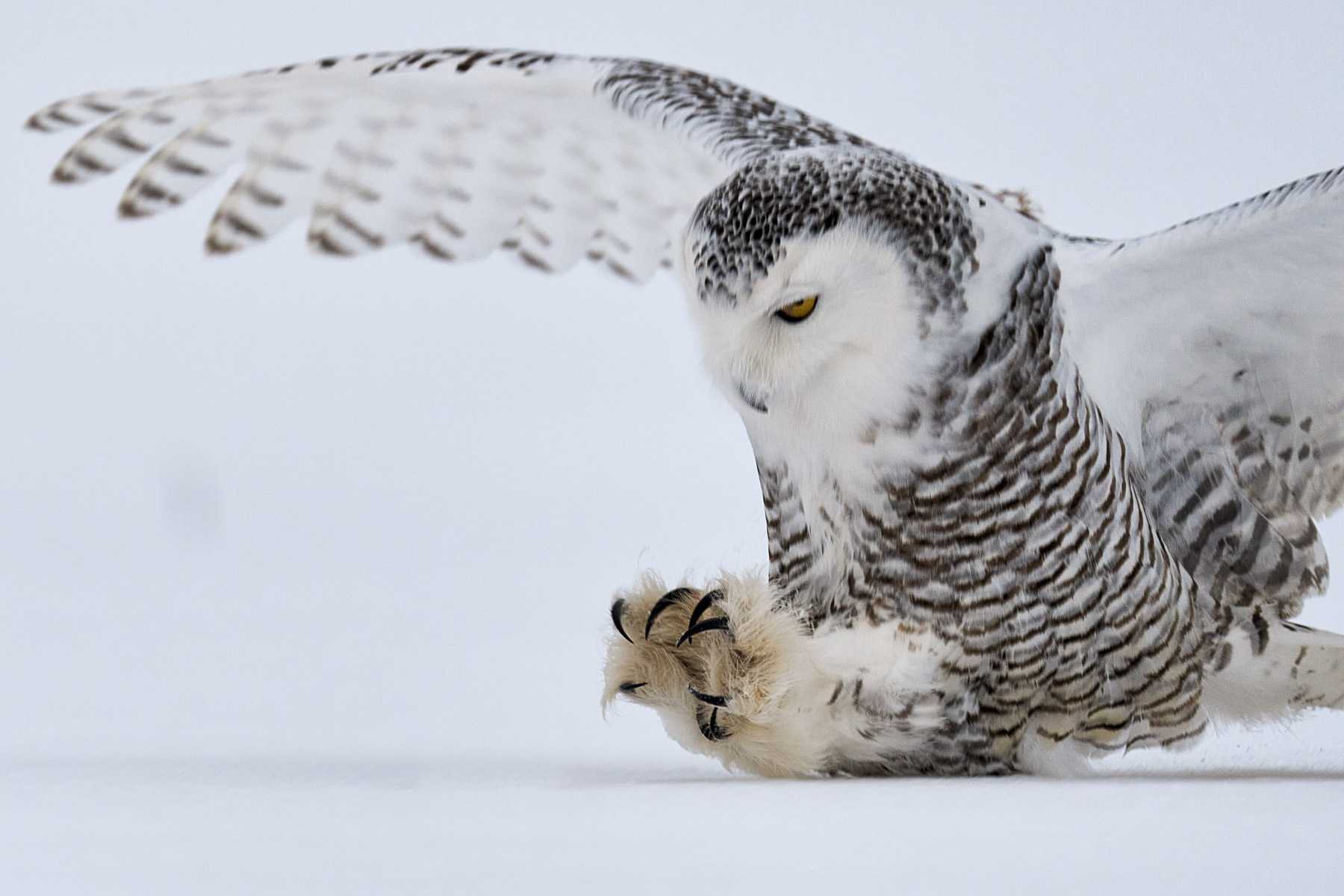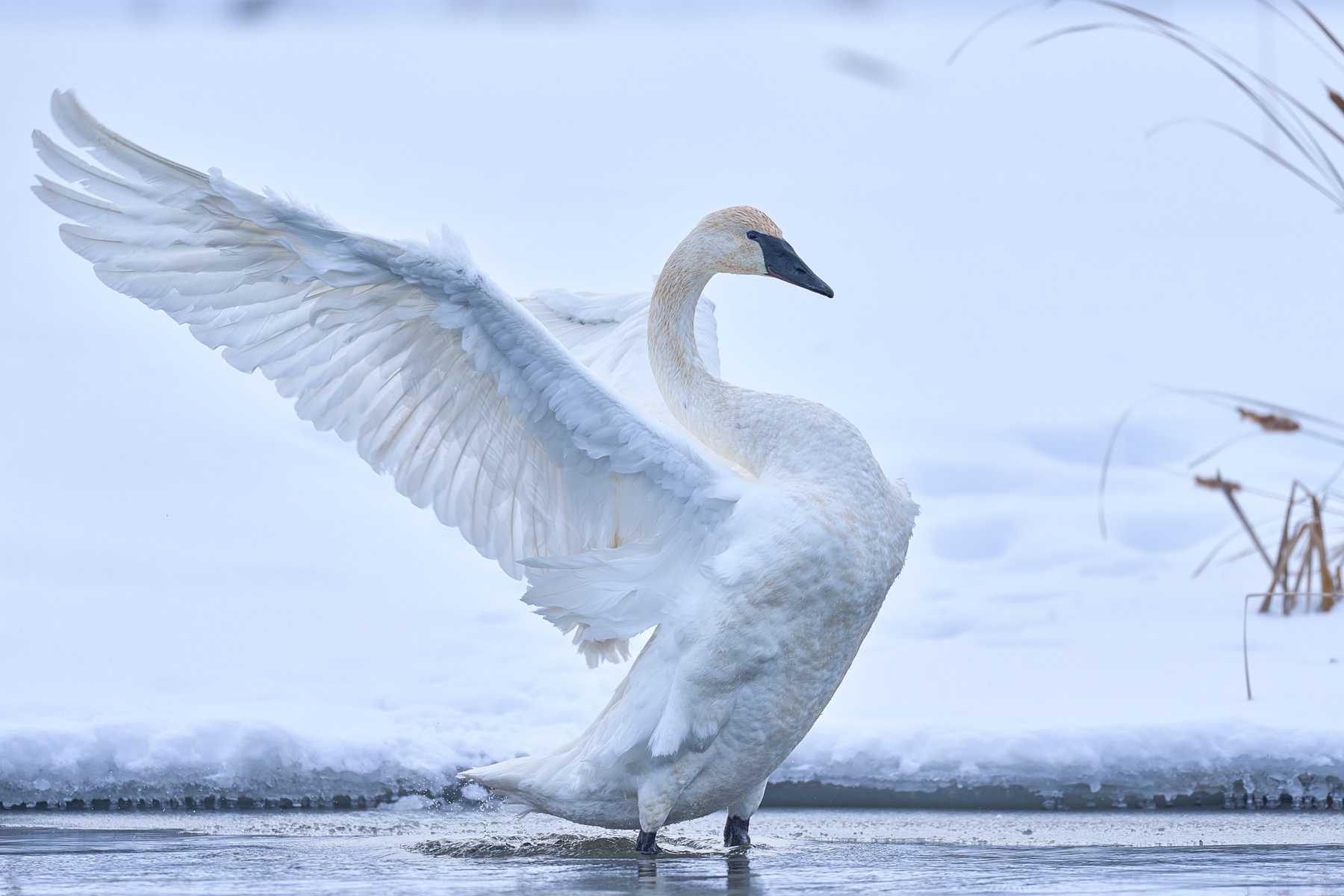If you’re looking for an unusual but adorable pet, an Arctic fox may be the perfect fit for you. These tiny white foxes are native to the coldest regions of the world and are known for their thick fur coats. Here are a few reasons why an Arctic fox as a pet makes great.
Can You Really Own an Arctic Fox?
You might consider an Arctic fox if you’re looking for a unique pet. Before you commit, there are a few things you must know.
For starters, only a few European countries and some states in the United States allow ownership of an Arctic fox. If you live in one of the following states, you’ll be able to have this animal as a pet:
Wyoming, Tennessee, Utah, Ohio, North Dakota, South Dakota, New York, Nebraska, Missouri, Michigan, Kentucky, Indiana, Florida, and Arkansas
Check with your state’s fish and wildlife department to determine if a permit is required.
While Arctic foxes are adorable, they are wild animals and not domesticated like dogs or cats. This means they cannot be trained quickly and may be aggressive. They also prefer to hunt for their food, so you’ll need to provide a steady raw meat diet.
Owning an Arctic fox is a big responsibility. Make sure you’re prepared before committing and changing your personal life.
5 reasons that make an arctic fox a great pet

The arctic fox is a small fox native to the Arctic regions of the Northern Hemisphere and common throughout the Arctic tundra. These adorable animals are well-known for their thick, white fur coats, which help keep them warm in their frigid temperatures. But did you know that arctic foxes make great pets?
Arctic foxes are relatively small, only weighing about 4-5 pounds on average. This makes them easy to handle and care for.
1. Arctic foxes are incredibly social animals and enjoy interacting with their owners
Arctic foxes are among the most social of all fox species. They love to play, interact with their owners, and form strong bonds with the people they trust. Arctic foxes are also very intelligent and can be trained to do tricks and obey commands.
2. They are intelligent and can be trained to do tricks like sit, stay, and rollover
Arctic foxes are one of the most intelligent animals in the world. They can be trained to do sit, stay, and rollover tricks. Most arctic foxes live in the wild, but very few are kept as pets. If you’re considering getting an arctic fox as a pet, ensure you’re prepared to handle an ingenious animal.
3. They are playful and loving animals that make great pets
Arctic foxes are one of the most active and loving animals you could ever hope to keep as a pet.
4. They are low-maintenance animals that don’t require a lot of attention or care
Arctic foxes are low-maintenance animals that don’t need much attention or care. They’re often content to live on their own in the wild. However, if you’re planning to keep an Arctic fox as a pet.
5. They are domesticated and tame
Arctic foxes are one of the world’s most domesticated and tamed animals. They are known for their loyalty and affection towards humans and make excellent pets. However, they require special care and attention due to their unique needs in captivity.
6. They love to run and play outdoors, making them perfect for active families
Arctic foxes are known for their love of running and playing outdoors. This makes them the ideal pet for active families. They are also very intelligent and can be trained to perform tricks. The Arctic fox is a perfect choice if you’re looking for a furry friend to keep you entertained.
Read more: 10 Reasons why Horse make great pets
How to care for an arctic fox as a pet?

Some things to keep in mind when caring for an arctic fox include:
- Arctic foxes need a diet high in protein since they are used to eating a lot of meat in the wild. This can be accomplished by feeding them a commercial diet explicitly made for arctic foxes or by giving them a diet of raw meat and bones.
- Arctic foxes need a lot of exercises, so it is important to provide them with plenty of space to run and play. A large enclosure with plenty of hiding places and toys is ideal.
- Arctic foxes are susceptible to heat, so they must be kept in an environment that is cool or cold. A temperature between 50 and 60 degrees Fahrenheit is ideal.
- Arctic foxes are also very sensitive to loud noises and sudden movements, so creating a calm and quiet environment is essential.
If you are considering adding an arctic fox to your family, be sure to do your research and find a reputable breeder or rescue organization. Arctic foxes can make wonderful, loving companions, but they are not a good fit for every home.
What kind of food do arctic foxes eat?
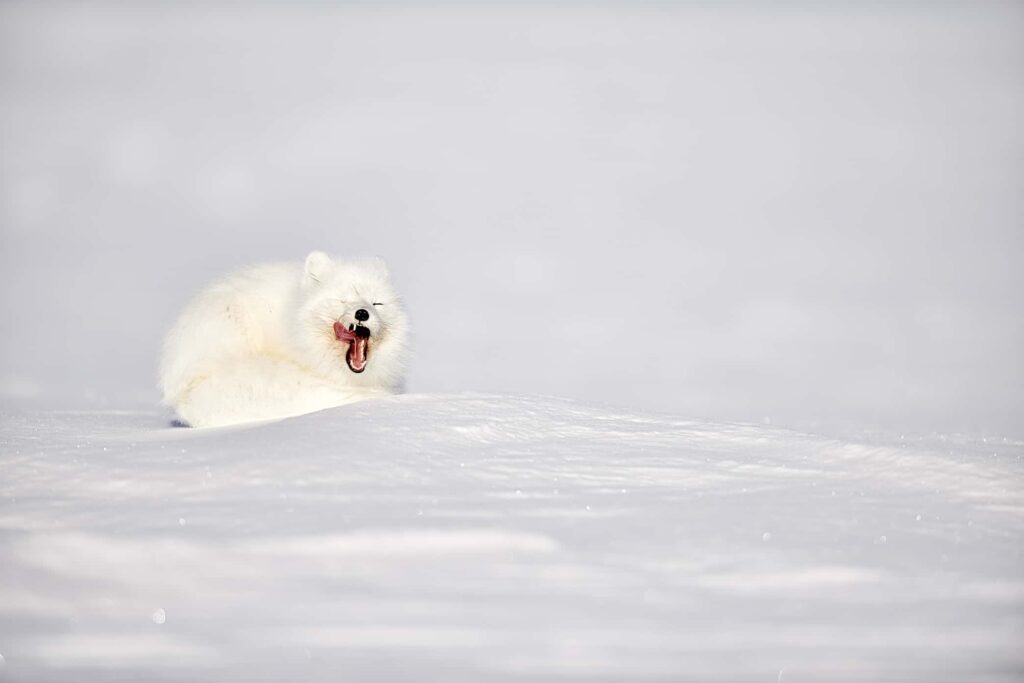
Arctic foxes are opportunistic eaters, and their diet can vary depending on what food is available. In the wild, they typically eat the raw meat of small mammals such as lemmings, voles, rodents, birds, eggs, and carrion. They will also eat berries, plants, and other vegetation when necessary. In captivity, arctic foxes can be fed a diet of commercial dry food and meat and vegetables.
What kind of Environment is best for an arctic fox
There are a few things to consider when creating an environment for an arctic fox.
First, the enclosure should be large enough for the fox to move freely and comfortably.
Second, it should provide plenty of hiding places and options for the fox to burrow.
Third, the temperature in the enclosure should be kept cool, as arctic foxes prefer a colder climate.
Fourth, the enclosure should be safe and escape-proof, as arctic foxes are known to be curious and adventurous.
With these things in mind, you can create an ideal environment for your arctic fox.
Conclusion
If you’re looking for a unique animal that is playful, loving, and will change your way of living, an Arctic fox may be the perfect pet for you. They require a bit more space than some other animals, but they are worth it if you can provide them with what they need. Have you ever considered getting an Arctic fox as your next pet?

